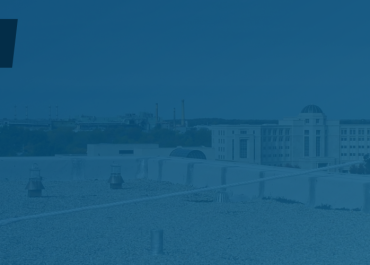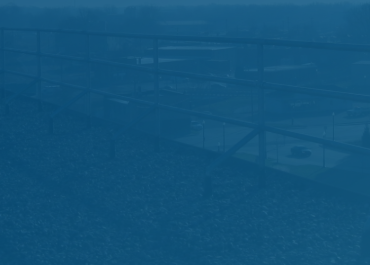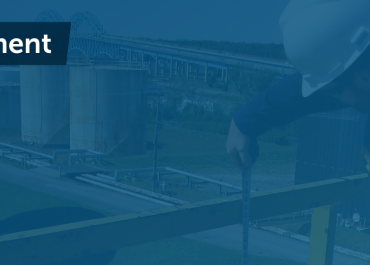If you’re looking to build out and manage a fall protection program, you’re in the right place! This blog series covers each area of a managed fall protection program.
In this blog series, we cover the requirements of a managed fall protection program, according to the ANSI (American National Standards Institute) Z359.2 standards:
- Employer & Individual Roles and Responsibilities
- Fall Protection Training
- Fall Hazard Survey
- Eliminating and Controlling Fall Hazards
- Written Fall Protection and Rescue Procedures
- Program Implementation and Management Requirements
- Incident Investigation and Reporting
- Program Evaluation
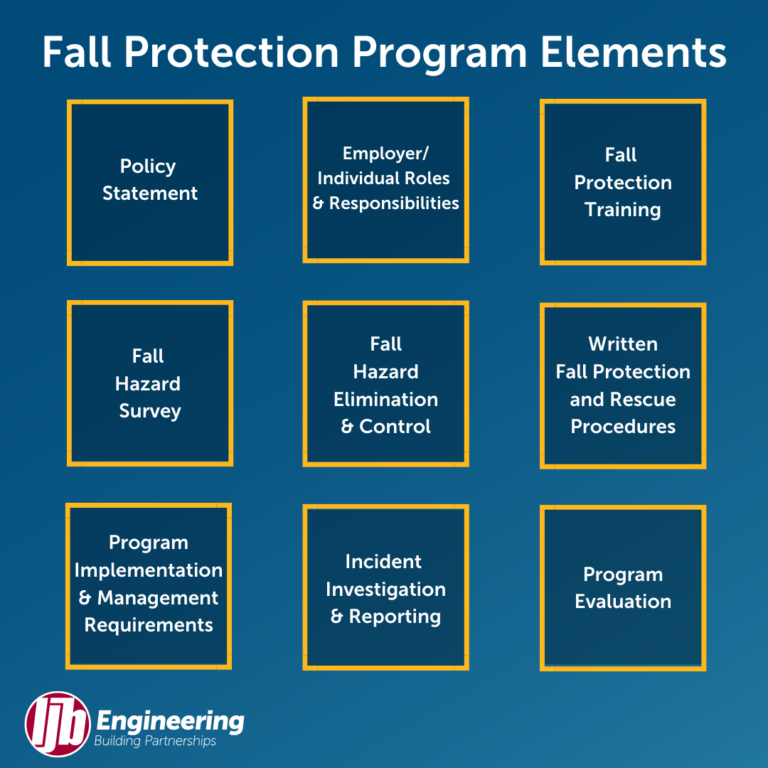
One last thing before we jump in, our blog on fall protection program goals is a great resource to put you in the right mindset for while working on your fall protection program. Okay, let’s go!
In this post, we start with employer and individual roles and responsibilities. This is a high-level overview, so every single accountability is not covered. To see each role in full detail, refer to the ANSI Z359.2 standards.
Employer Responsibilities
Employers are responsible for owning the entirety of the fall protection program. No matter how big or small your organization is, you need to develop a program. Here is what employers need to address:
- Provide resources for the fall protection program
- Oversee the fall protection program in its entirety
- Identify the personnel that make up the fall protection program
- Appoint a Program Administrator, Competent Person(s), and Authorized Person(s)
Individual Roles & Responsibilities
For those working on the fall protection program itself, there are several important roles within a managed fall protection program. The list on the left below must be inside your organization. The roles on the right can be outside of your organization.
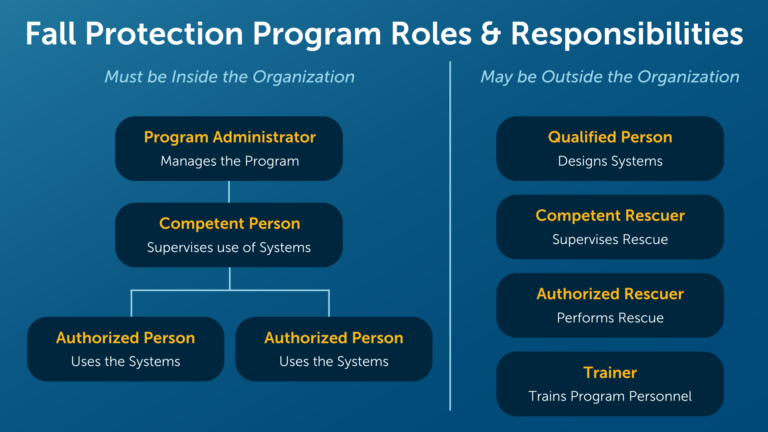
Program Administrator
The Program Administrator oversees and manages the fall protection program. This includes, but is not limited to:
- Developing the organization’s policy
- Ensuring the fall protection program is compliant with regulations and standards and is customized for your work and environment
- Making sure a fall hazard identification procedure is in place and utilized
- Establishing and assigning duties and responsibilities of key fall protection program personnel
- Providing or ensuring delivery of specific training programs for all fall protection program personnel
- Ensuring that fall protection use and rescue procedures are developed
- Evaluating the effectiveness of the fall protection program
Competent Person
The Competent Person identifies and eliminates or controls existing and potential hazards in the workplace or fall protection system. They should have a broad understanding of safety and the interdependent relationship of fall protection program elements. Additionally, they should be able to relay the information to employees to prevent injuries and fatalities. Here are some other functions of the Competent Person:
- Supervises workers at heights
- Verifies that workers will receive rescue if needed
- Prepares written fall protection procedures
- Inspects equipment
- Trains Authorized Persons
- Can temporarily stop work if necessary
Authorized Person
An Authorized Person is the end user of PPE-based fall protection systems while working at height. In addition, they will inspect, maintain, and store any equipment or systems they use. The policies and procedures that are developed through the fall protection program will be used by them as well. If working conditions become unsafe, they will contact a Competent Person or supervisor.
In short, these are the people on the front lines that need safety and fall protection the most. These are real people that want to do great work and go home safely to their family and friends at night.
Qualified Person
The Qualified Person supervises the design, selection, and use of PPE-based fall protection systems, with consideration of worker productivity and potential environmental conditions.
Competent Rescuer
A Competent Rescuer supervises rescue and provides rescue training to the Authorized Rescuer(s). They also determine potential rescue hazards, procedures, and designate the equipment used in a rescue. They also conduct rescue drills on a regular basis. The Competent Rescuer role can be filled by several different personnel:
- Competent Person
- Qualified Person
- In-House Professionals
- Local Emergency Services
- Anyone else the Program Administrator deems able to meet the requirements of a Competent Rescuer
Authorized Rescuer
An Authorized Rescuer is the trained employee who performs or assists workplace rescue from PPE-based fall protection systems. Prior to taking part in a rescue, they ensure rescue procedures have been created and rescue equipment is in working order. They also recognize potential hazards that could occur during a rescue and make sure it will be safe to perform the rescue.
Trainers
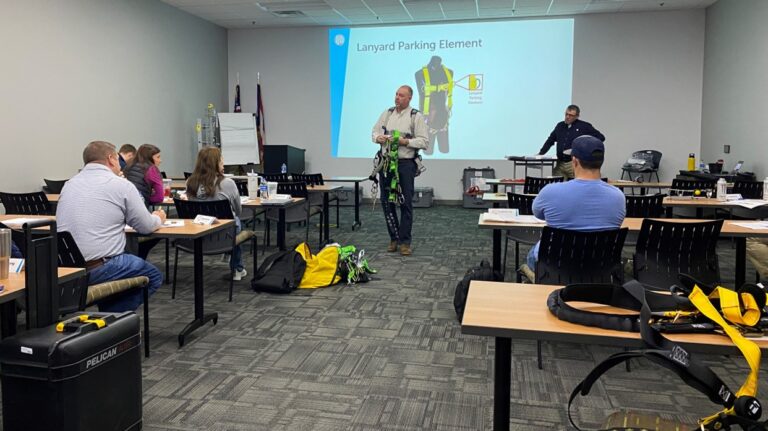
Trainers conduct training for fall protection program personnel. They don’t have to be internal to your company, but they should be familiar with the organization’s typical fall hazards, regulations, standards, and equipment and customize training to meet the organization’s needs. Additionally, they will evaluate the knowledge and skills of trainees through written and performance assessments.
Next Steps
Making sure you have the appropriate personnel in place will help you delegate and manage your fall protection program effectively. If you’re curious about additional guidance from an external partner for your fall protection program, you can learn more HERE.

